
Doctors at E Hospital perform surgery on a patient - Photo: BVCC
A male patient (63 years old, residing in Hanoi ) came to the hospital with severe abdominal pain in the epigastric region shifting to the left, high fever of 39 degrees with jaundice, yellow eyes gradually increasing...
When the symptoms became more severe, the patient's family took him to E Hospital for examination and treatment.
Through clinical examination combined with paraclinical tests and imaging diagnosis, doctors quickly determined that the patient had biliary tract infection - biliary obstruction, acute pancreatitis due to common bile duct stones.
In particular, the patient has a congenital anomaly of complete situs inversus, with all organs in the abdomen and chest arranged in the opposite position compared to normal people, making diagnosis, surgery and manipulation by surgeons much more difficult and complicated.
According to Dr. Nguyen Khac Diep - Department of Digestive Surgery, Hospital E, situs inversus is a rare congenital defect, inherited through recessive genes on the autosome, with an occurrence rate of only about 1/5,000 to 1/20,000 people depending on the region.
In people with this condition, the internal organs in the chest and abdomen are arranged in a "mirror image" compared to normal structure.
Situs inversus does not increase the risk of gallstones, but it causes many difficulties in diagnosis and treatment, because the clinical signs and anatomical images are reversed.
Therefore, understanding the pathological characteristics and choosing the appropriate treatment method is the key factor to ensure successful treatment.
Doctor Huu Hoai Anh, Head of the Department of Digestive Surgery, Hospital E, and the surgical team first performed intensive medical treatment to control acute hepatitis and infection, then performed open surgery to remove common bile duct stones.
Because the patient has situs inversus, the entire stomach, duodenum, liver, bile ducts and gallbladder... all have anatomical changes, causing many difficulties in the process of dissecting and locating the structures.
Faced with that challenge, the surgical team carefully and meticulously evaluated every anatomical detail, then performed common bile duct stone removal combined with complete cholangioscopy for thorough examination. Thanks to careful preparation and precise manipulation, the surgery went smoothly and safely.
Gastrointestinal surgeons advise that gallstones are a fairly common disease and can cause many dangerous complications if not detected and treated promptly, especially in complicated cases like this patient's.
Therefore, when experiencing symptoms such as lower abdominal pain, high fever, jaundice, yellow eyes, etc., you should immediately go to a reputable medical facility with full medical expertise for examination and treatment to avoid danger to your life.
Source: https://tuoitre.vn/mot-nguoi-co-trai-tim-ben-phai-phu-tang-dao-nguoc-20250909091508142.htm










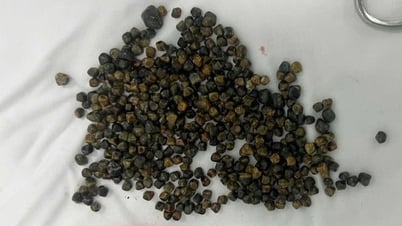
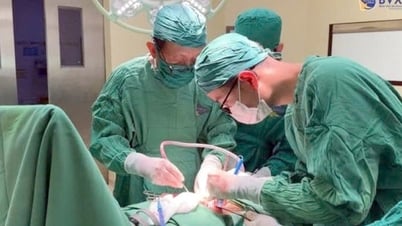
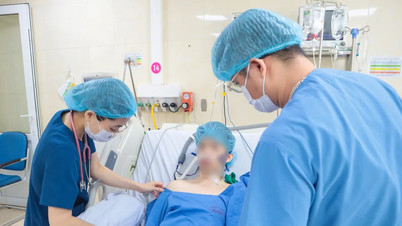

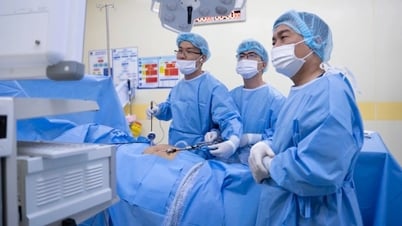
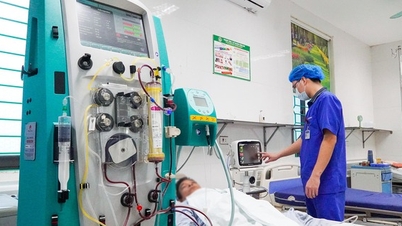




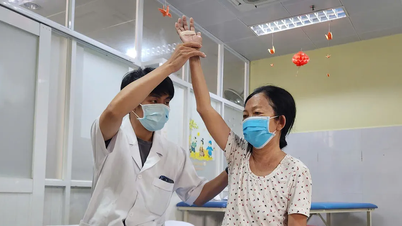

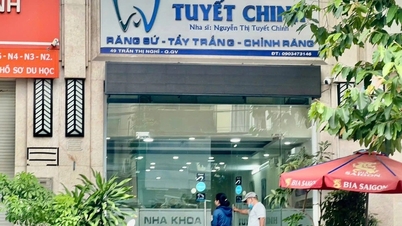






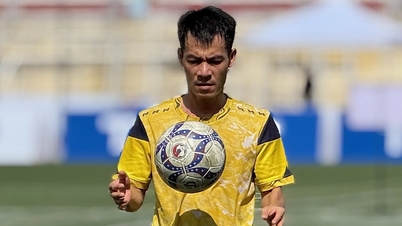
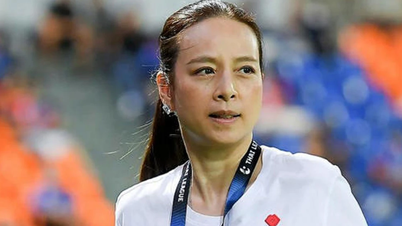

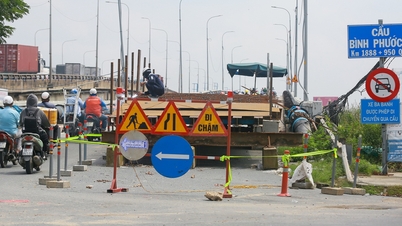














































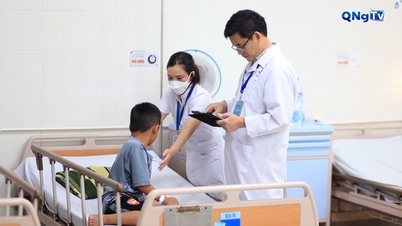





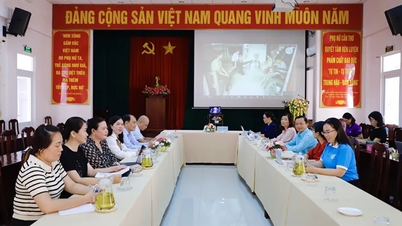















Comment (0)